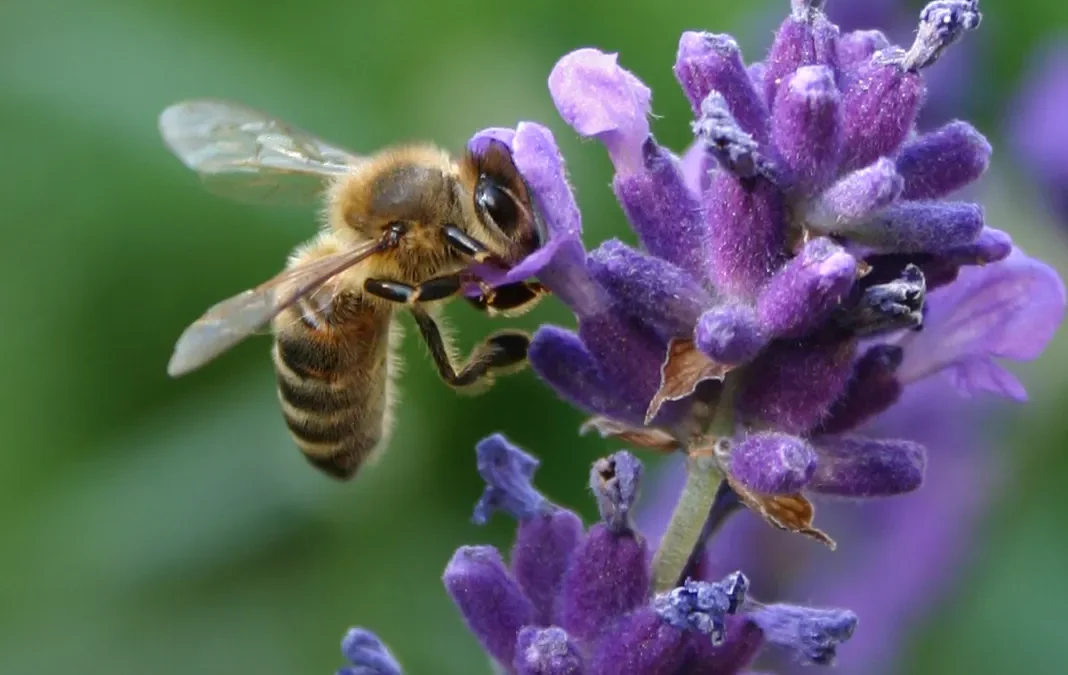A happy worker bee collecting nectar from a Lavendar plant.
As the garden starts to fall into a quiet hibernation, it is a nice time to reflect and research about what we can plant over winter to help our pollinators come spring and summer. There is so much information out there on how to help the bees that it can be a bit overwhelming at times, so let’s keep it simple!
There are two key ideas to keep in mind: choose simple, open flowers of species that flower for a long time; and mass plantings of one species is better than one or two plants of various species.
What do bees need and when?
Did you know that bees, like humans, need different types of food at different times? In the springtime, the queen bee is busy laying about 1,000 to 2,000 eggs a day into the honeycomb so that the colony or hive can be strong in the summer when there is a lot of food around for all of the worker bees to collect. All of these baby bees (or brood) need protein to become strong, healthy adult bees. Protein comes from the pollen that worker bees collect on their pollen baskets on their back legs.
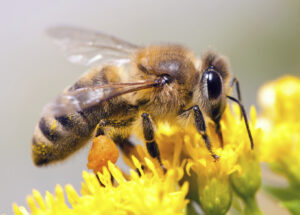 A honey bee with full pollen baskets on her hind legs.
A honey bee with full pollen baskets on her hind legs.
Some of the best plants for the bees at this time of the year are:
- Any of your fruit trees, but especially Apple and Cherry;
- Californian Lilac;
- Peonies;
- Borage and Phacelia.
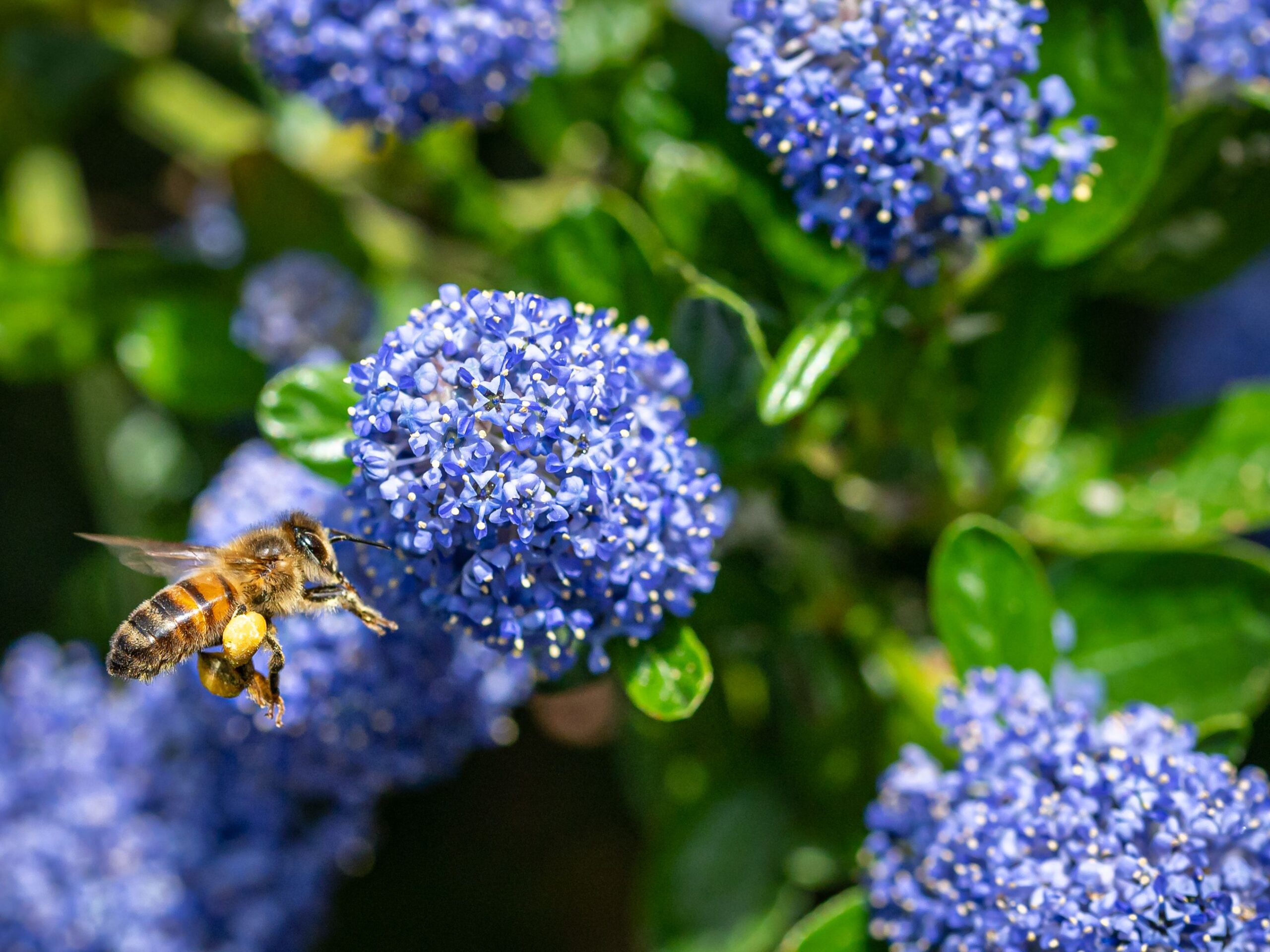
A pollen-dusted native honey bee visiting some Californian Lilac. Image: Jamie Stavert.
During the summer months when the days are much warmer the bees will start looking for their sweet treats more in the form of nectar. This is of course what they turn into honey (for us:) but also what they are collecting for their food when they go into hibernation over the winter. Nectar or honey as we know is very sweet and the main form of carbohydrates for the bees which gives them energy in the cooler months.
Some of the best plants at this time of the year are:
- Lavender
- Rosemary
- Thyme
- Honeysuckle
- Sunflowers
- Strawberries and raspberries
- Daisies and echinacea.

Echinacea or coneflowers from the daisy family.
Autumn can be a difficult time for the bees as there are not so many flowers available and if the summer has been wet, the bees may not have stored enough honey to see the colony through winter. This is when beekeepers might be furiously visiting all of their hives to give them sugar syrup to help the bees out.
Some of the best plants to have in the garden at this time of the year are:
- Common Ivy
- Fatsia Japonica /Japanese Aralia
- Or Japanese Anemone
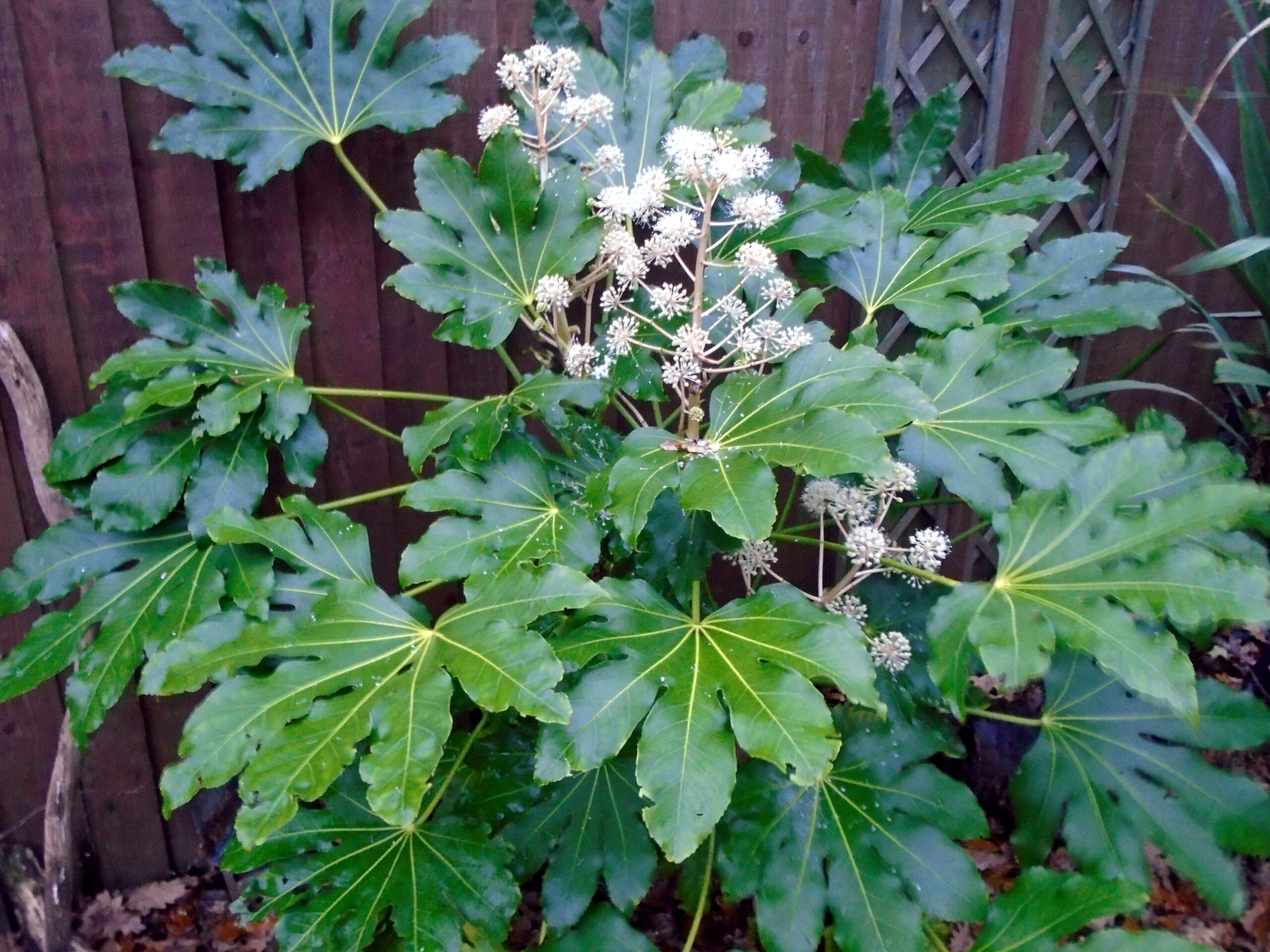
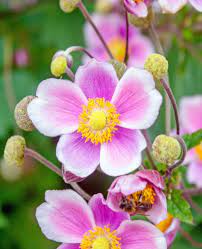
Japanese Anemone come in white or pink to complement many gardens.
In the winter time, bees will only come out on really warm days but if you had any helleborus, or winter roses, in the garden at this time the bees would love them.
I hope that these suggestions of some of the more common garden plants can help you create a more bee friendly garden.
Happy Gardening!
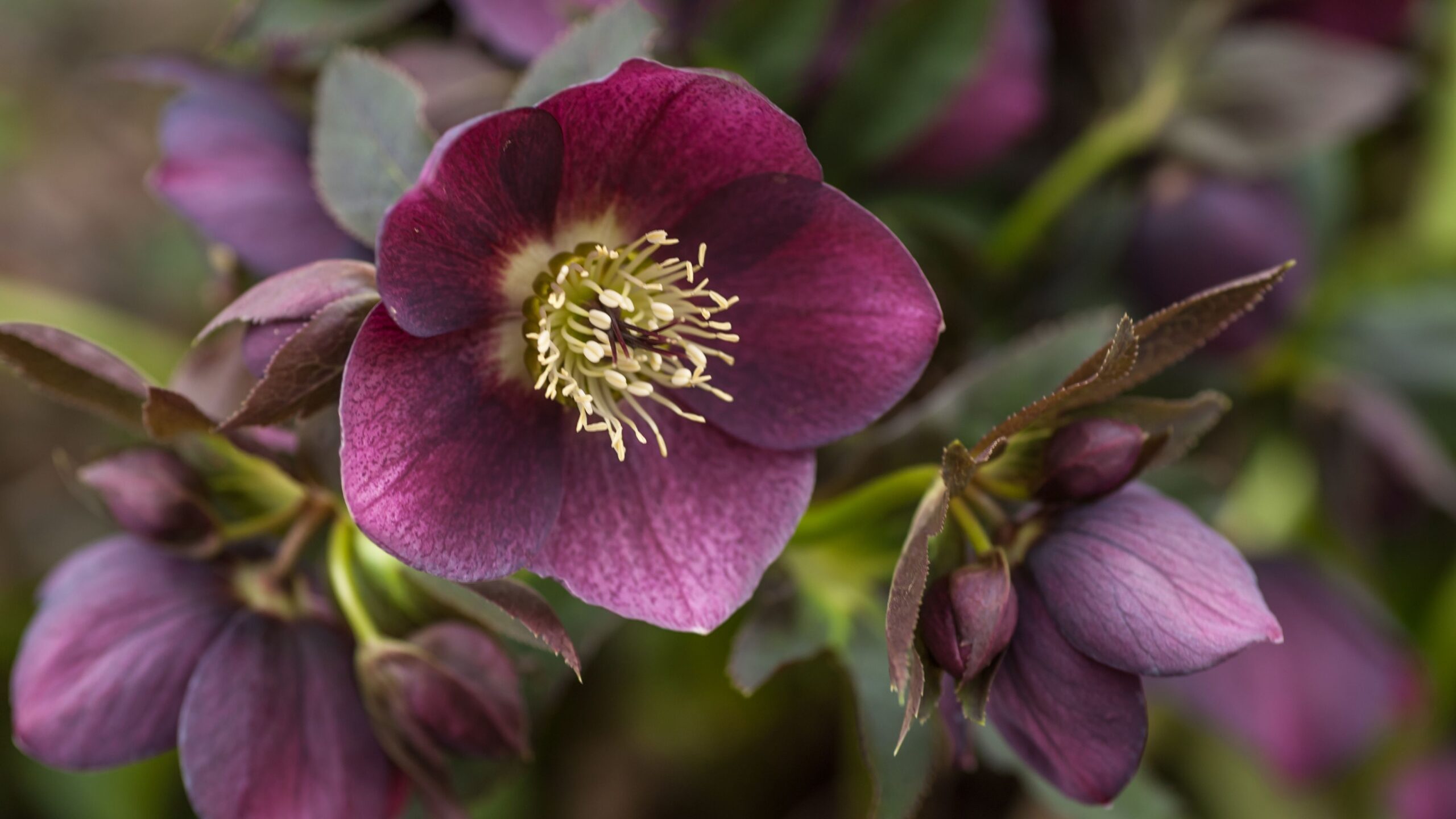
The beautiful winter rose or Helleborus are a welcome sight in any garden during the winter months.

